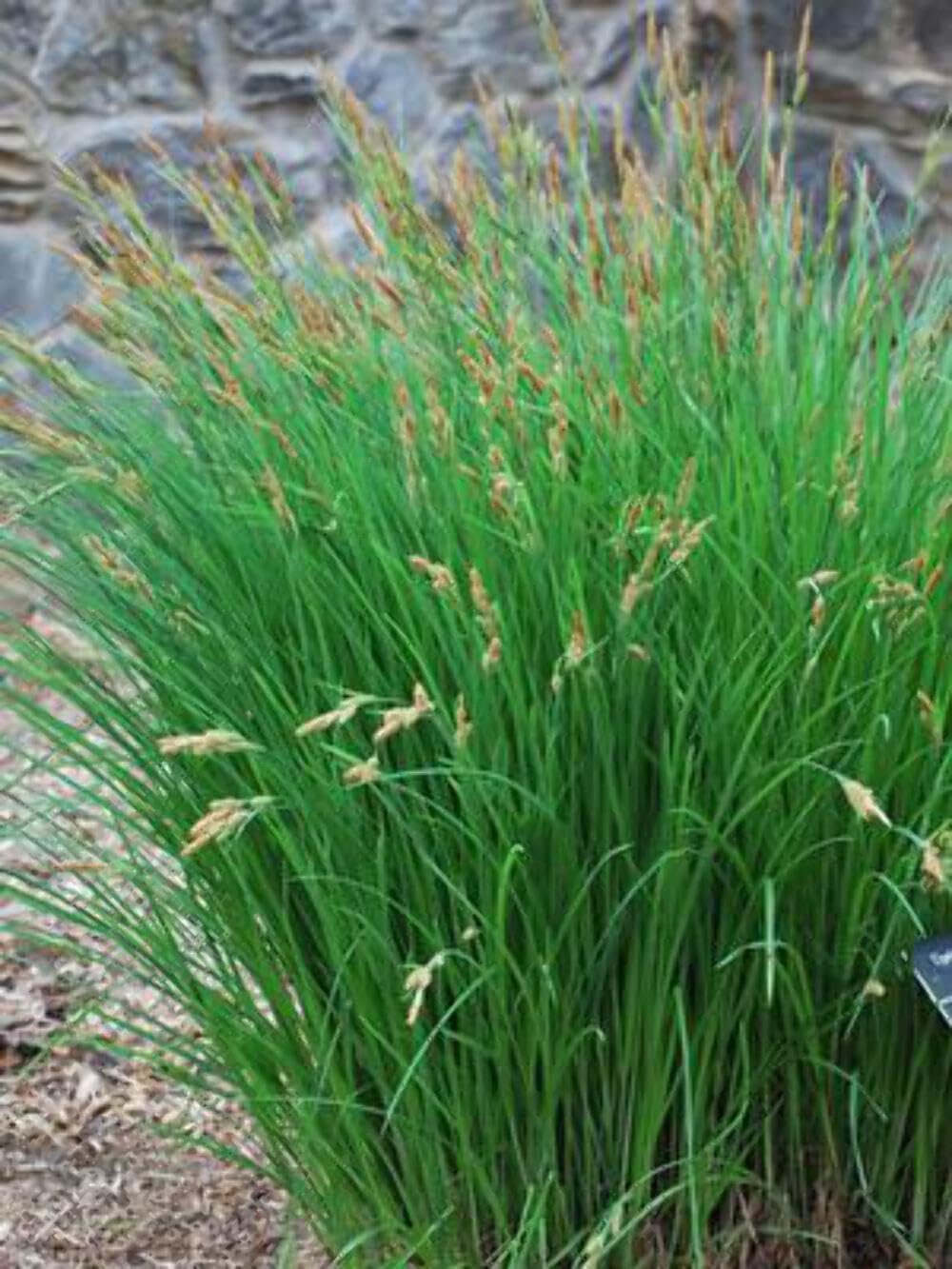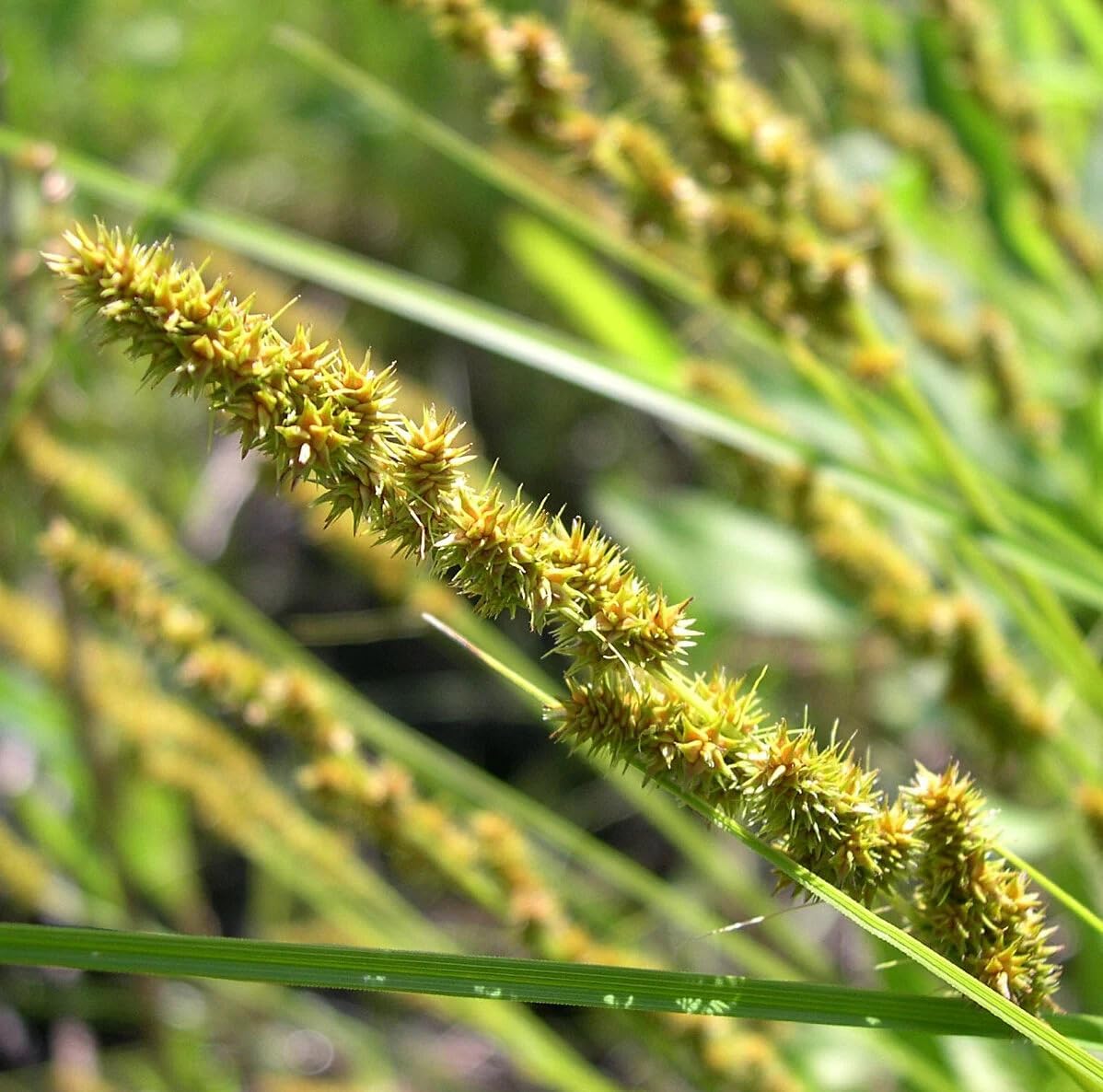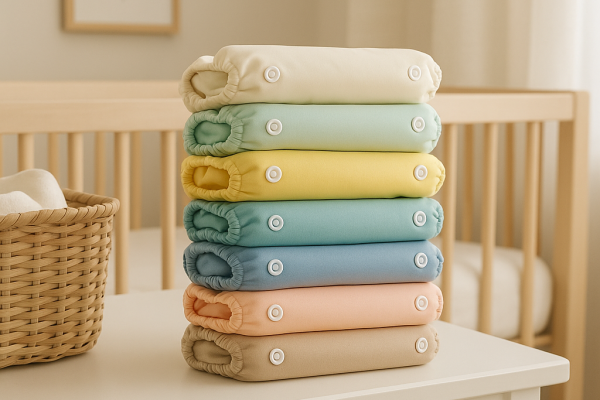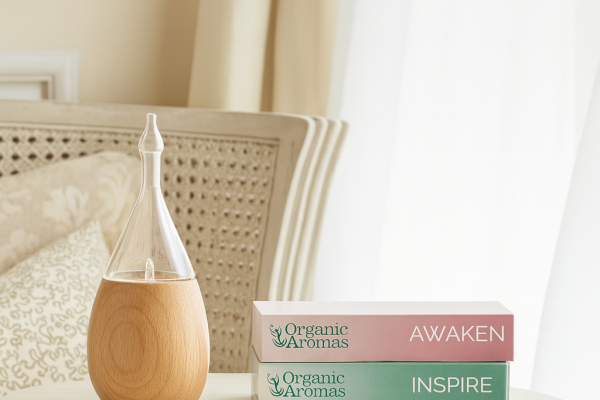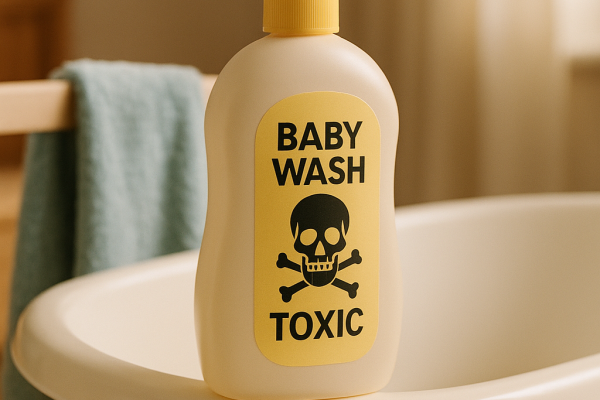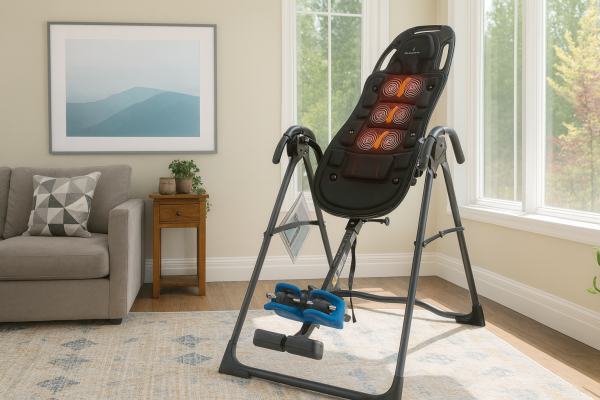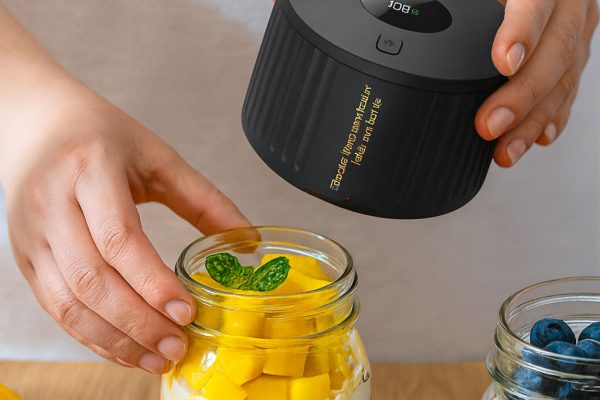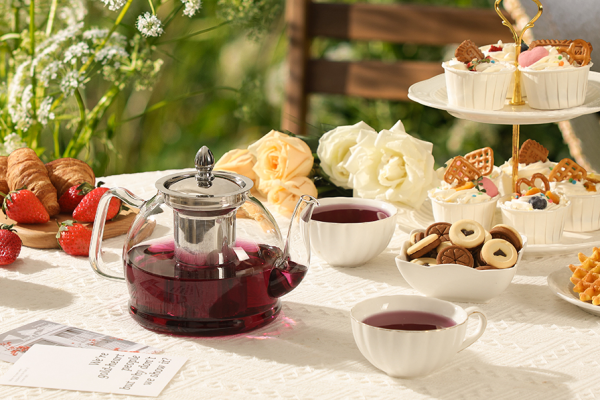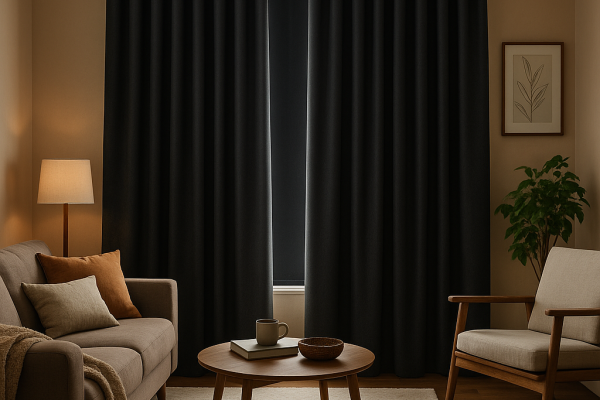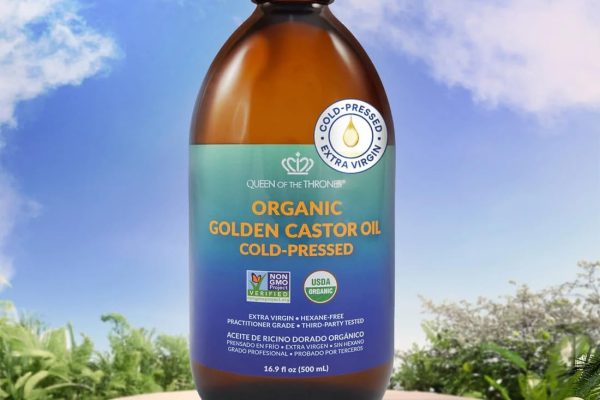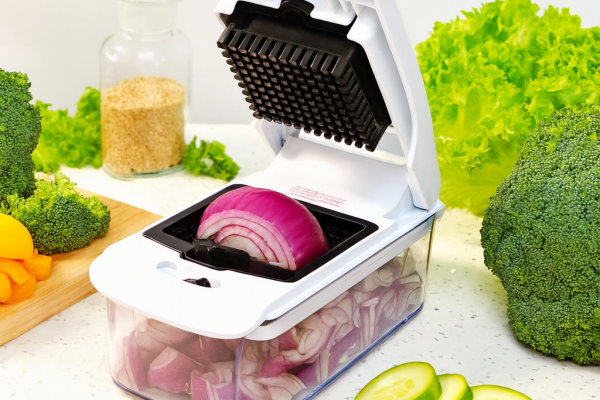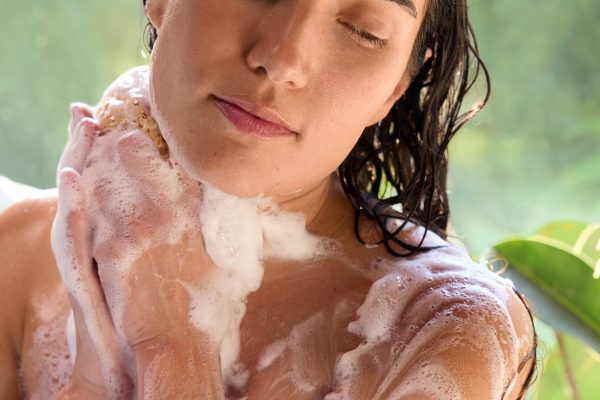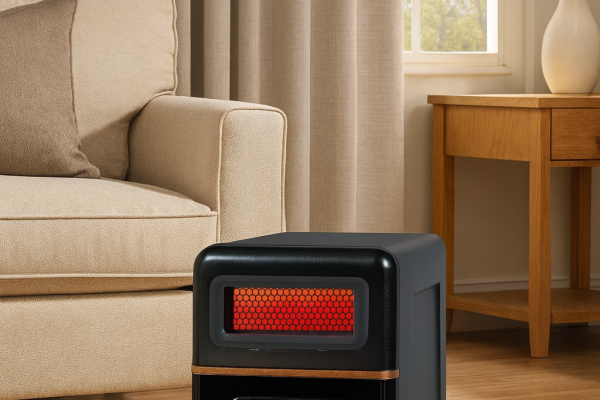
That soggy, shady corner of your yard doesn’t have to be a dead zone. While most homeowners struggle with perpetually wet, muddy areas where nothing seems to grow, the right plants can transform these problem spots into thriving ecosystems that manage water naturally.
The issue isn’t your soil or your green thumb – it’s that traditional gardening advice assumes you’re dealing with either shade OR wet conditions, not both simultaneously. Most plants need one or the other, but few can handle the double challenge of limited light and consistently moist soil.
Why Your Previous Plant Attempts Failed
The biggest mistake homeowners make is choosing plants that need either sun OR wet conditions, but not both. That expensive hosta you planted? It likes shade but prefers well-draining soil. Those water-loving irises? They need full sun to perform well. This fundamental mismatch explains why so many shade rain garden attempts end in expensive failure.
The second issue is poor drainage expectations. Shade areas retain moisture longer than sunny spots because there’s less evaporation. Without proper plant selection, these areas become stagnant pools that kill plants and breed mosquitoes rather than functional garden spaces.
What Makes Plants Succeed in Wet Shade
Successful wet shade plants have specific evolutionary adaptations that allow them to thrive where others fail. These plants developed in woodland environments where they naturally experience:
- Seasonal flooding followed by drier periods
- Filtered light rather than direct sun
- Rich, organic soil with good moisture retention
- Competition from other moisture-loving plants
Understanding these natural conditions helps you choose plants that will actually thrive rather than just survive.
Powerhouse Shrubs That Handle Wet Shade
Spicebush (Lindera benzoin)
Spicebush + Lindera Benzoin [click to view…]
The ultimate wet shade performer. This native shrub reaches 6-12 feet and provides four seasons of interest: early yellow flowers, aromatic summer foliage, brilliant yellow fall color, and red berries that attract 21 bird species. It thrives in consistently moist conditions while tolerating both seasonal flooding and dry spells.
Winterberry (Ilex verticillata)
Ilex verticillata ‘Winter Red’ (Winterberry) Shrub [click to view…]
Creates spectacular winter displays with bright red berries that persist into February. This 6-8 foot shrub requires consistently moist soil and partial shade, making it perfect for problem areas. The berries support 48+ bird species during winter months when other food sources are scarce.
Virginia Sweetspire (Itea virginica)
Itea virginica Little Henry (Sweetspire) Shrub
Offers the best of both worlds with fragrant white flower spikes in spring and blazing red-orange fall color. This 3-5 foot shrub spreads by suckers to provide natural erosion control while tolerating both wet conditions and partial shade.
Reliable Perennials for Seasonal Color
Cardinal Flower (Lobelia cardinalis)
200+Perennial Red Cardinal Flower Seeds for Planting Outdoors [click to view…]
Provides the most dramatic color in shade gardens with stunning red flower spikes from July through September. This 2-4 foot perennial requires consistently moist soil and attracts hummingbirds like no other shade plant. While individual plants are short-lived, it self-seeds readily in appropriate conditions.
Great Blue Lobelia (Lobelia siphilitica)
500 Great Blue Lobelia Lobelia Siphilitica Flower Seeds [click to view…]
Offers true blue flowers from August through October, providing late-season color when most gardens are fading. This native perennial thrives in wet conditions and partial shade while supporting specialized native bees.
Swamp Milkweed (Asclepias incarnata)
Generic Pink Milkweed Live Plants [click to view…]
Serves double duty as both stunning garden plant and critical monarch butterfly habitat. The fragrant pink flower clusters bloom from July through September, and unlike other milkweeds, this species tolerates partial shade well.
Essential Ferns and Sedges for Structure
Cinnamon Fern (Osmunda cinnamomea)
Cinnamon Fern Plants Live [click to view…]
Creates dramatic focal points with distinctive cinnamon-colored fertile fronds rising from bright green sterile fronds. This 3-5 foot fern requires consistently moist conditions and provides excellent erosion control.
Tussock Sedge (Carex stricta)
Perennial Farm Marketplace Carex stricta (Tussock Sedge) [click to view…]
Forms distinctive clumps that provide structural interest year-round. This 2-4 foot sedge tolerates standing water and creates habitat for wildlife while requiring virtually no maintenance.
Fox Sedge (Carex vulpinoidea)
Fox Sedge | Starter Plant Plug [click to view…]
Offers fine-textured bright green foliage that contrasts beautifully with broader-leafed plants. This 2-3 foot sedge self-seeds readily and provides excellent erosion control.
Installation Tips for Success
Start with soil preparation. Even moisture-loving plants need some drainage. If water stands more than 48 hours after rain, work in organic matter or consider creating a slight slope to encourage drainage.
Plant in spring or fall when temperatures are moderate and rainfall is typically more consistent. This gives plants time to establish root systems before facing summer heat or winter cold.
Group plants by water needs. Place the most moisture-tolerant plants like cardinal flower in the wettest areas, and more flexible plants like ferns in transitional zones.
Maintenance Requirements
Year one requires consistent watering during dry spells, even for moisture-loving plants. Water deeply twice weekly, providing 1-2 inches total including rainfall.
Mulch is essential but keep it away from plant crowns to prevent rot. Use organic mulches like shredded leaves or bark chips to retain moisture and suppress weeds.
Spring cleanup involves removing winter debris and dividing overcrowded perennials. This is also the best time to add new plants or relocate existing ones.
Where to Source Plants
Start with native plant nurseries that specialize in region-appropriate species. Many offer plug plants for $3-8 each rather than $15-30+ for mature specimens.
Contact local native plant societies for group buying opportunities and seasonal plant sales. End-of-season sales at nurseries can also provide excellent deals.
Consider propagation for budget-friendly expansion. Many rain garden plants like cardinal flower and marsh marigold self-seed readily, while ferns can be divided in spring.
Plants to Avoid Completely
Yellow flag iris and purple loosestrife may seem perfect for wet shade but aggressively invade wetland habitats. Japanese knotweed and Japanese honeysuckle create long-term management nightmares despite tolerating difficult conditions.
Always verify plants are appropriate for your region by consulting local extension services or native plant societies before purchasing.
Transform Your Problem Area
Wet, shady areas don’t have to be landscaping nightmares. With the right plant selection, these challenging spots can become some of the most rewarding and lowest-maintenance features in your landscape. The key is working with your site’s natural conditions rather than fighting them.
Start with one or two reliable plants like spicebush and cinnamon fern, then expand as you learn how your specific site behaves through different seasons. The investment in appropriate plants pays dividends through decades of reliable performance and increasing wildlife habitat value.
Dora Decora is a biophilic interior design specialist and passionate blogger. With a deep commitment to integrating nature into living spaces, Dora specializes in creating environments that foster human-nature connections through thoughtful design elements. Her approach emphasizes sustainable materials, natural lighting, and organic patterns that enhance wellbeing and reduce environmental impact.
This post (https://homechroma.com/best-shade-rain-garden-plants-that-wont-die-in-wet-muddy-yard) was originally published by Dora Decora on Home Chroma. As an Amazon Associates partner, we are compensated for all qualifying purchases.







